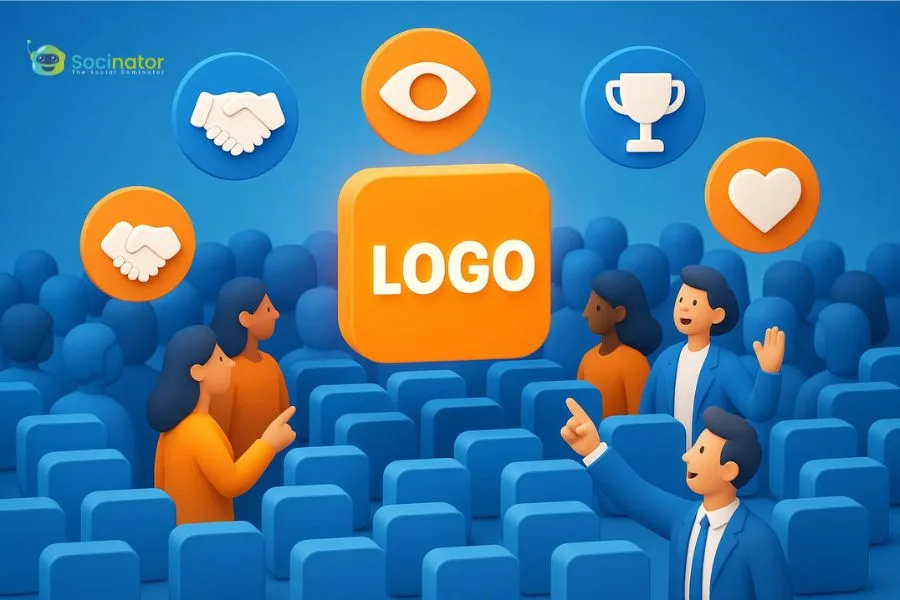In today’s crowded marketplace, simply having a great product or service isn’t enough. Customers need to recognize your brand before they even consider buying from you. This is where people start recognizing and remembering your brand. It’s the first step in creating trust, loyalty, and long-term customer relationships.
Brand awareness refers to how familiar your audience is with your business, products, or services. A strong brand presence makes it easier for potential customers to remember you, recommend you, and choose you over competitors. For B2B companies, B2B brand awareness is especially important—it helps establish authority and credibility in your industry, making your business the go-to choice for clients and partners.
In this guide, we’ll explore practical ways to increase brand awareness and visibility. You’ll learn what works in brand awareness advertising, the key elements of a successful strategy, and real-world brand awareness campaign examples you can draw inspiration from. We’ll also cover common mistakes to avoid.
By the end of this blog, you’ll have a clear roadmap for building a brand that not only gets noticed but also remembered. Whether you’re a small business or an established company, mastering brand awareness is essential for long-term success.
You can Also Listen to our Podcast here,
What Is Brand Awareness?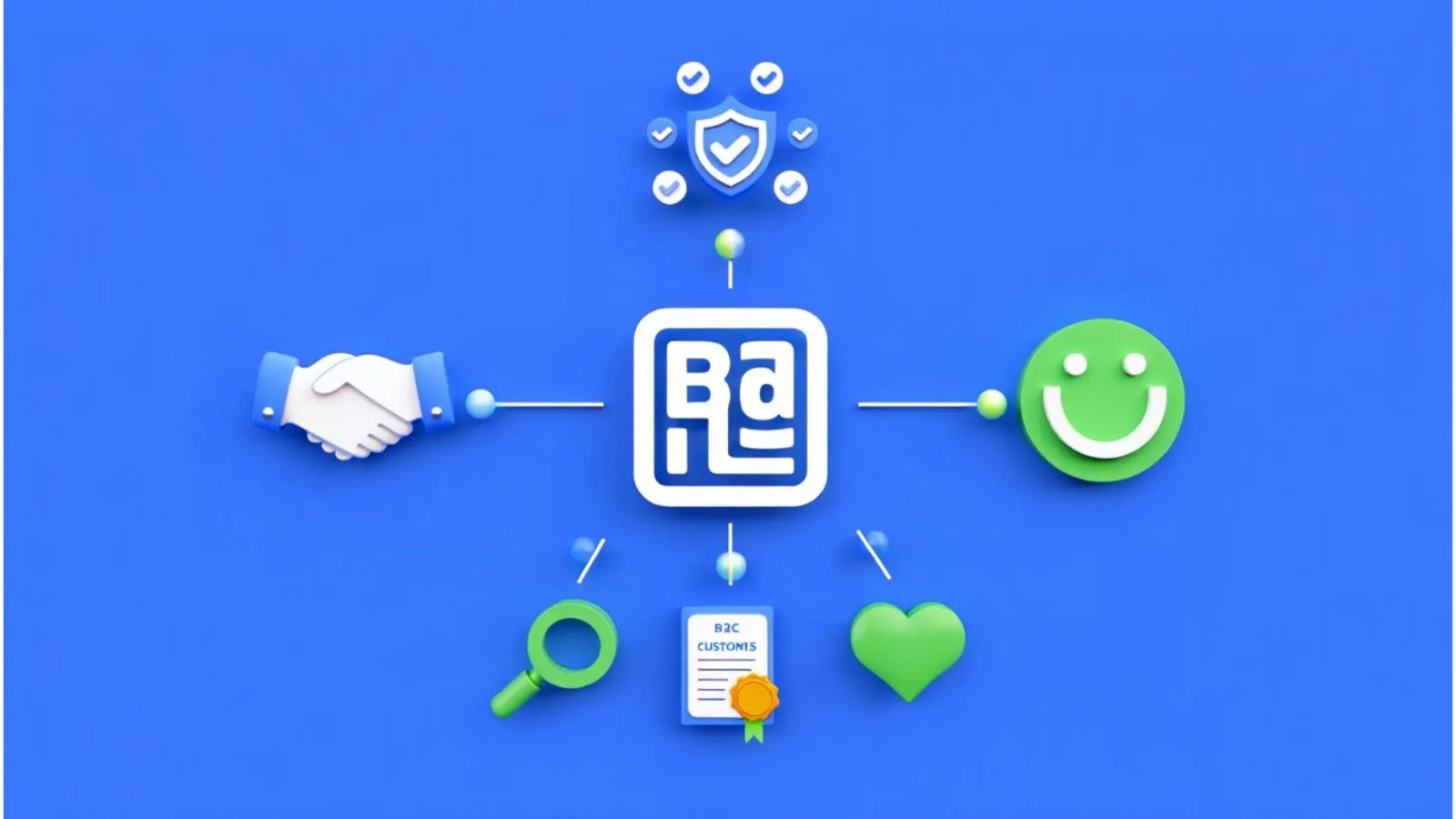
Brand awareness is the extent to which your target audience recognizes your brand and associates it with your products or services. It’s more than just seeing a logo or name; it’s about creating a memorable impression that sticks in customers’ minds.
At its core, brand awareness helps businesses build trust. When people are familiar with your brand, they are more likely to consider your offerings over competitors. This familiarity is critical in both B2C and B2B brand awareness contexts. In the B2B world, strong brand recognition can influence purchasing decisions, foster partnerships, and position your business as an authority in your niche.
Measuring brand awareness can be done through surveys, social media engagement, website traffic, and search volume for your brand name. High recognition often translates to increased visibility, credibility, and customer loyalty.
Investing in brand awareness early on is crucial because it lays the foundation for all future marketing efforts. Even if customers aren’t ready to buy immediately, a well-recognized brand ensures they remember you when they are ready.
In the following sections, we’ll dive into why brand awareness is crucial for businesses, explore effective strategies, and look at brand awareness campaign examples that have delivered impressive results.
Why Brand Awareness Is Crucial For Businesses?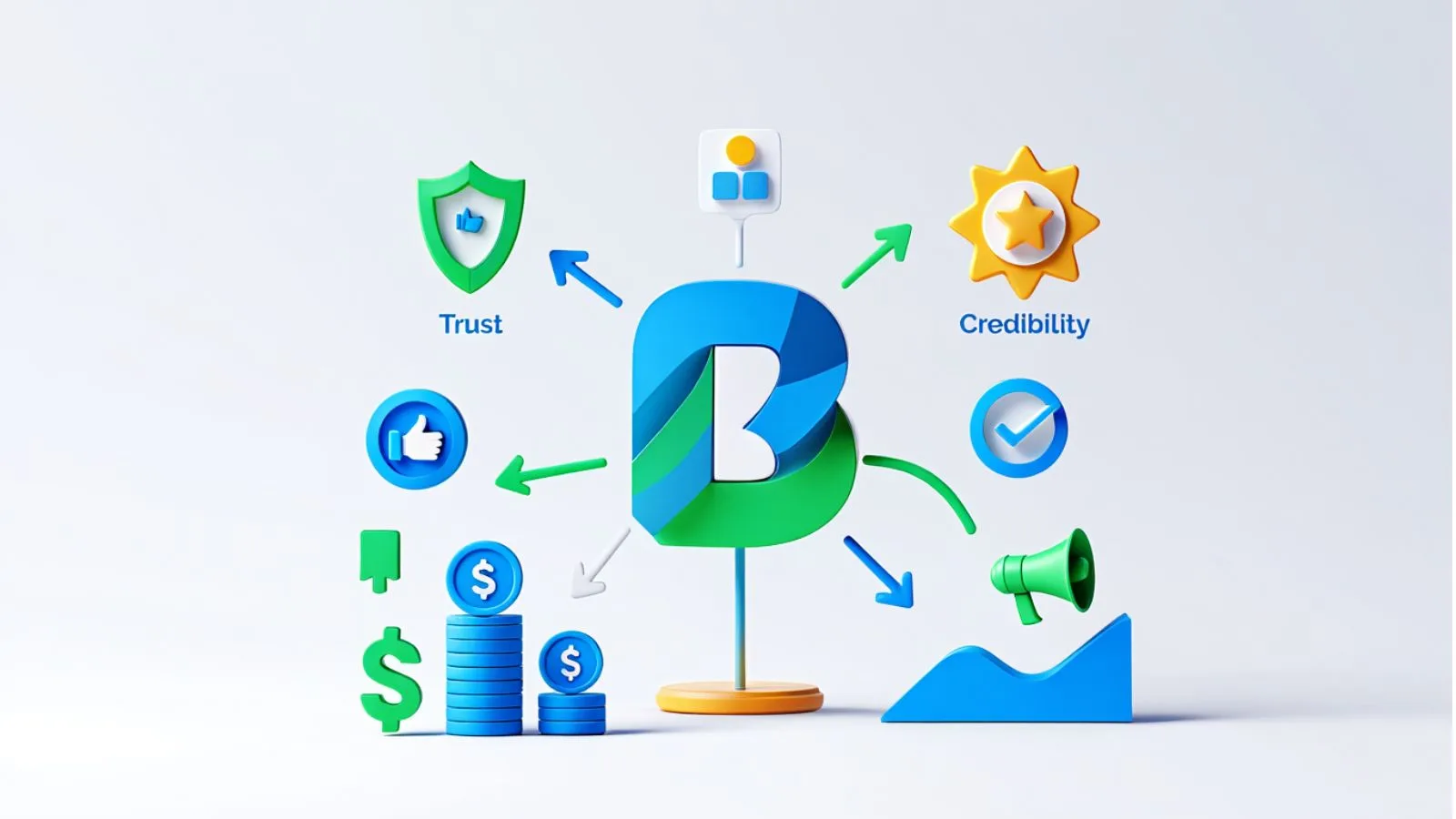
Building brand awareness is more than just getting your name out there—it directly impacts a business’s growth and success. When people recognize your brand, they are more likely to trust your products or services and choose you over competitors.
One key reason brand awareness matters is that it drives customer loyalty. Customers tend to stick with brands they know and trust, making repeat purchases more likely. For businesses targeting other companies, strong B2B brand awareness establishes credibility and authority, which can lead to long-term partnerships and bigger contracts.
Another reason is differentiation. In crowded markets, businesses that are instantly recognizable have a competitive edge. Consistent branding and messaging make it easier for customers to remember you when they need the products or services you offer.
High brand awareness also supports your marketing efforts. Even if your audience isn’t ready to buy immediately, being visible ensures they consider your brand in the future. Effective brand awareness advertising can increase recognition, engagement, and ultimately conversions, helping your business grow faster.
In short, investing in brand awareness is not just a marketing tactic—it’s a long-term strategy. It builds trust, loyalty, and credibility while increasing visibility, which is essential for both B2C and B2B brand awareness success.
Key Elements Of A Strong Brand Awareness Strategy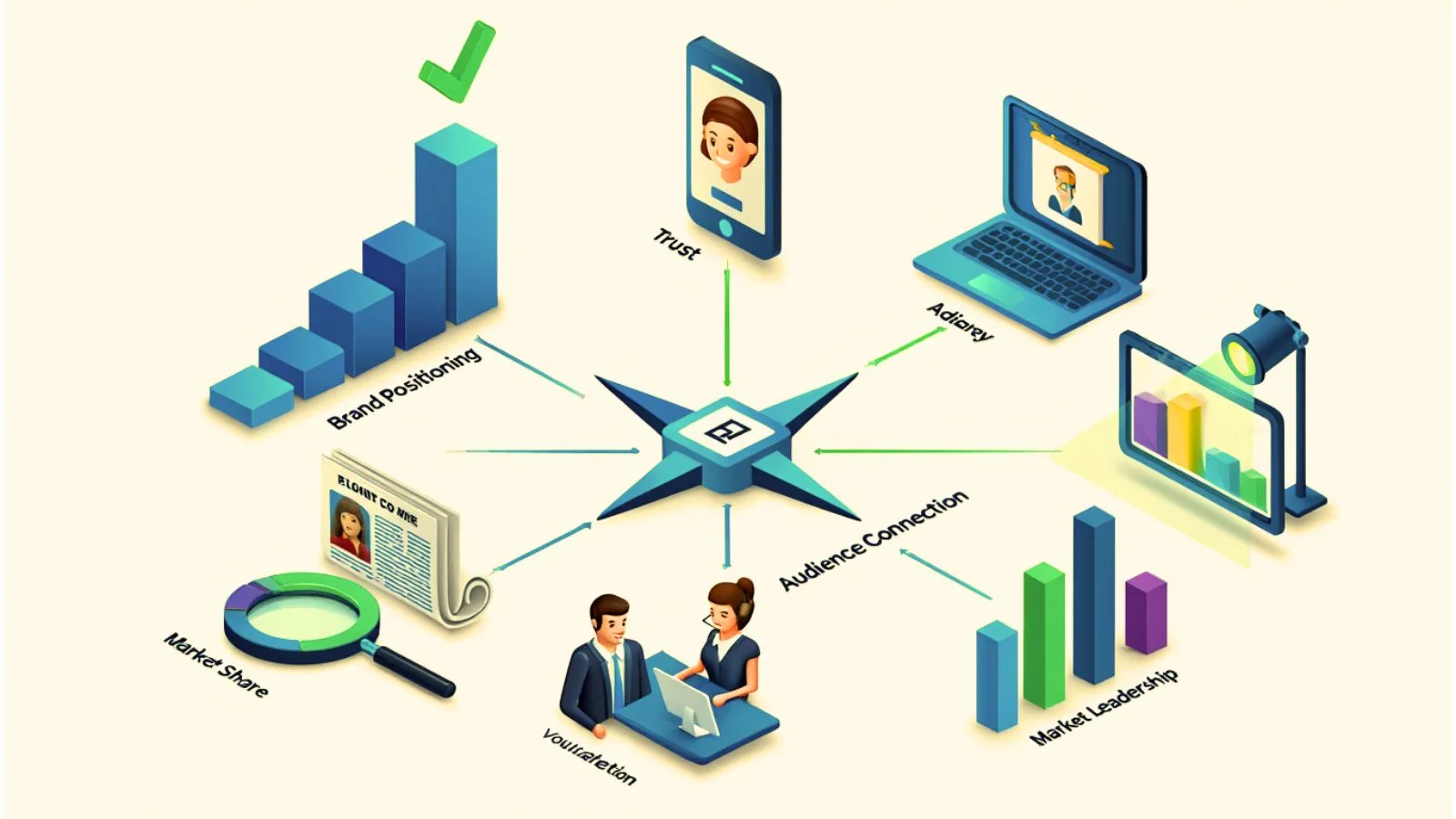
Creating brand awareness requires more than just posting on social media or running ads. A strong strategy combines consistency, relevance, and engagement to make your brand memorable.
1. Consistent Branding
Consistency is key. Your logo, colors, fonts, and messaging should be uniform across all channels. This ensures your audience recognizes your brand instantly and builds trust over time.
2. Clear Target Audience
Understanding your audience is essential. A strategy that aligns with your customers’ needs and preferences increases the chances that your brand awareness efforts will be effective. For B2B businesses, this includes identifying industries, company sizes, and decision-makers for B2B brand awareness campaigns.
3. Engaging Content and Storytelling
Storytelling makes your brand relatable. Sharing stories about your mission, values, or customer success helps people connect with your brand emotionally. This creates a lasting impression and encourages word-of-mouth marketing.
4. Multi-Channel Presence
A strong strategy uses multiple platforms—social media, blogs, email newsletters, and paid advertising—to maximize reach. Awareness advertising on the right channels ensures your audience sees and remembers your brand.
5. Measurable Goals
Set clear metrics to evaluate success, such as social media engagement, website traffic, and search volume. Tracking results allows you to adjust your strategy for better outcomes.
By focusing on these key elements, businesses can create a brand awareness strategy that increases visibility, builds trust, and positions them as a leader in their industry.
Brand Awareness Advertising: How It Works?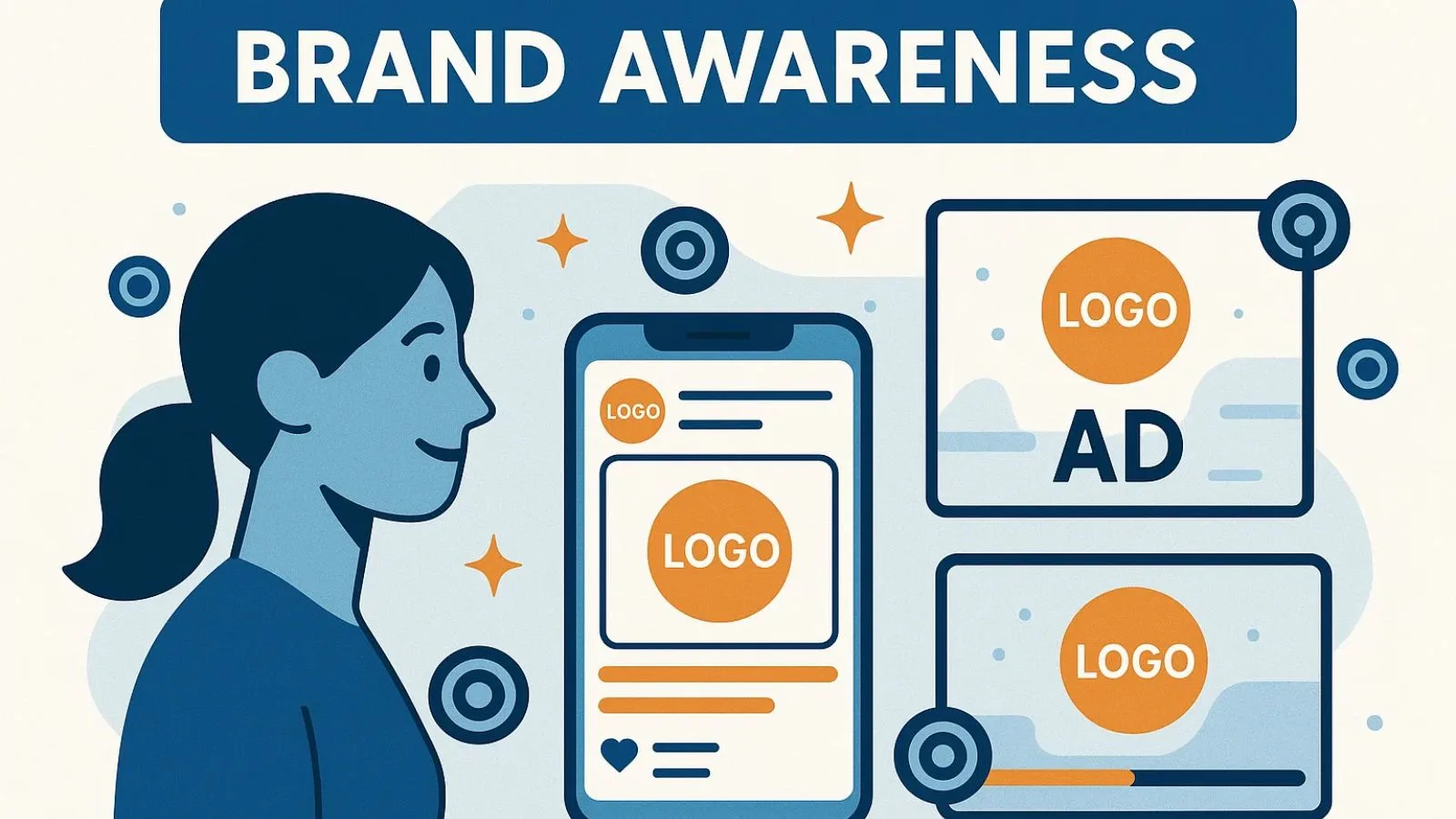
Brand awareness advertising focuses on getting your business noticed rather than driving immediate sales. Its main goal is to make potential customers familiar with your products, services, or overall brand identity.
Unlike direct response ads, which encourage immediate action, awareness advertising emphasizes reach, visibility, and recognition. This approach can include social media campaigns, display ads, video content, and sponsored posts—all designed to capture attention and build familiarity over time.
The key to effective advertising is targeting the right audience. Understanding your customer demographics, preferences, and behaviors ensures your campaigns reach the people most likely to engage with your brand. Platforms like Facebook, Instagram, LinkedIn, and Google Ads provide tools to fine-tune audience targeting, making campaigns more efficient and cost-effective.
Another important aspect is consistency. Ads should reflect your brand’s messaging, visuals, and tone across all channels. This helps create a cohesive image that people remember.
Finally, tracking performance is essential. Metrics like impressions, engagement, and reach provide insights into how well your campaigns are increasing visibility. This allows you to optimize future campaigns for better results.
By focusing on these principles, businesses can run brand awareness advertising that strengthens recognition, builds credibility, and lays the foundation for long-term growth.
Brand Awareness Campaign Examples That Inspire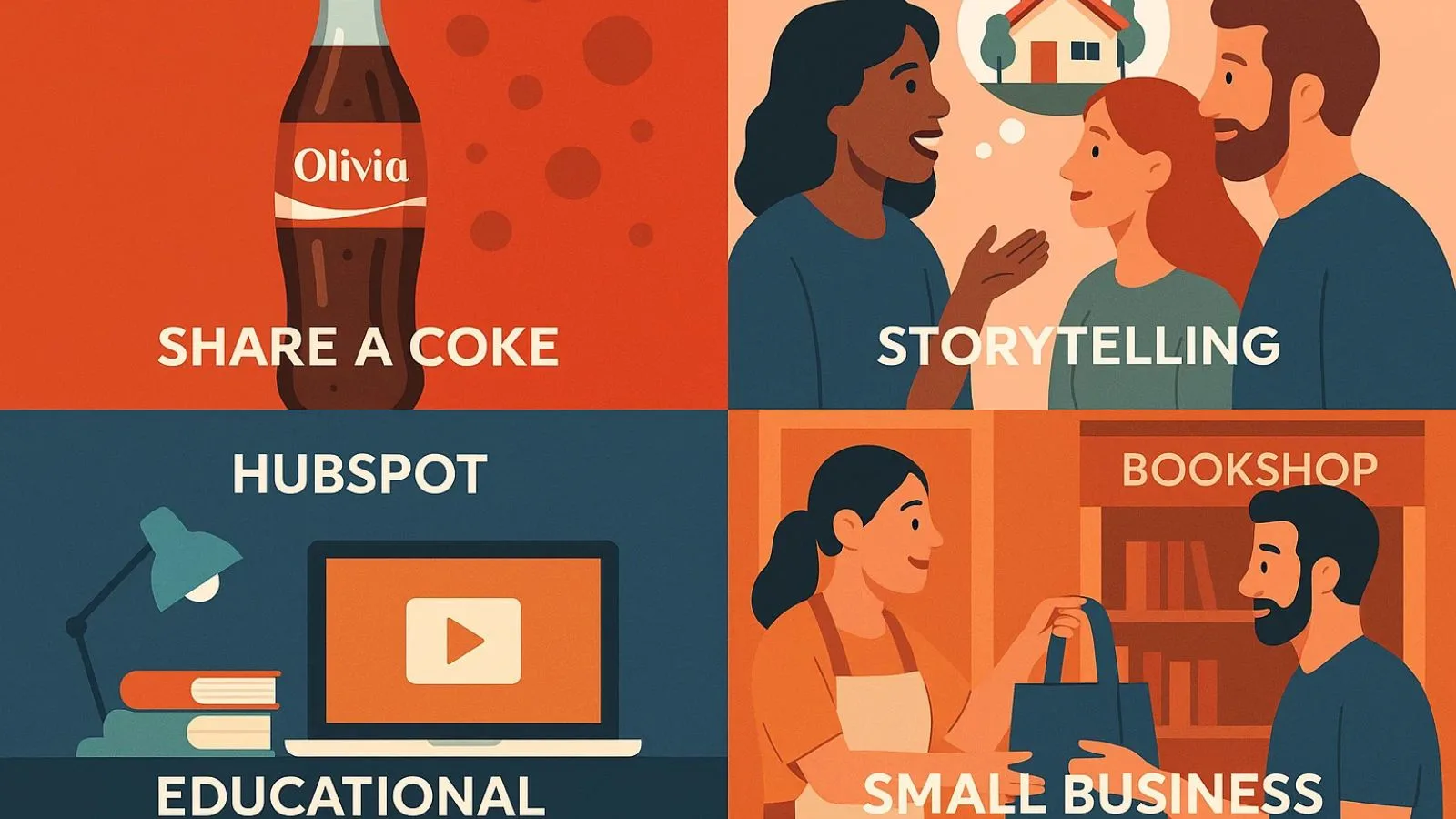
Looking at real-world campaigns can provide valuable insights into how to increase visibility effectively. Some of the most successful campaigns focus on creativity, storytelling, and audience engagement.
1. Coca-Cola’s “Share a Coke” Campaign
Coca-Cola personalized bottles with people’s names, encouraging customers to share photos on social media. This simple idea created massive engagement and made the brand highly memorable, boosting recognition worldwide.
2. Airbnb’s User Stories
Airbnb shared authentic stories from hosts and travelers, highlighting unique experiences. By focusing on emotional connections, the company increased trust and visibility while reinforcing its brand identity.
3. B2B Example: HubSpot
HubSpot regularly publishes high-quality educational content targeting businesses. By providing value through blogs, webinars, and guides, it positions itself as a thought leader and naturally increases B2B brand awareness.
4. Small Business Approach
Even smaller brands can succeed. Local coffee shops, for example, often run Instagram campaigns featuring community events, user-generated content, or giveaways. These initiatives engage audiences while keeping the brand visible in their local market.
Analyzing these brand awareness campaign examples shows that effective campaigns don’t always require massive budgets. What matters most is creativity, consistency, and understanding your audience. Whether you’re a global brand or a small business, these principles can guide your own strategies to increase recognition and build lasting visibility.
How to Increase Brand Visibility Online?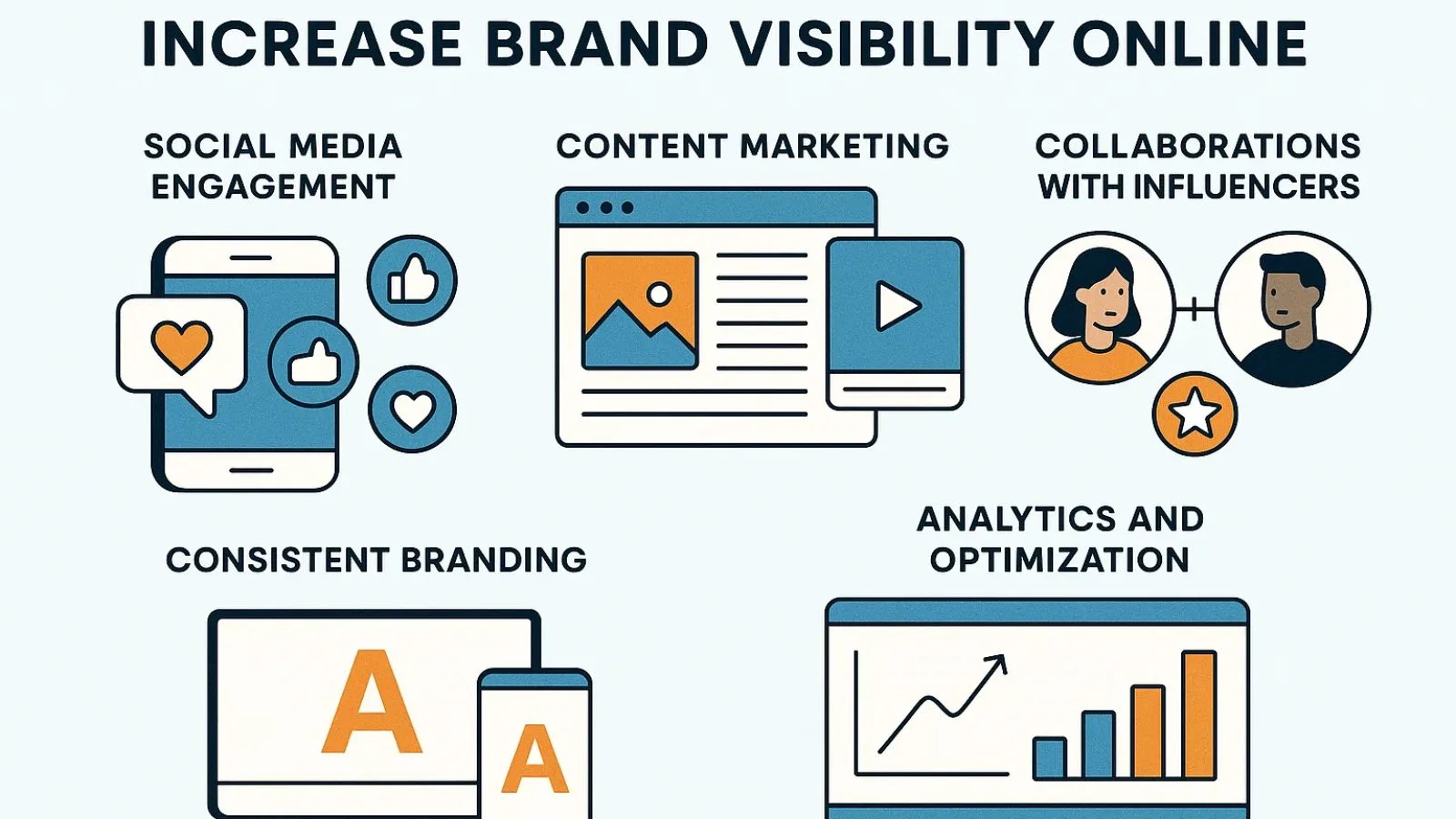
In today’s digital world, increasing visibility online is essential for any business. A strong online presence ensures your brand reaches potential customers, engages them effectively, and stays top of mind.
1. Social Media Engagement
Platforms like Facebook, Instagram, LinkedIn, and Twitter allow businesses to connect directly with their audience. Posting regular updates, interactive content, and behind-the-scenes stories helps increase recognition and encourages sharing. Social media also supports targeted campaigns, making it easier to reach the right audience.
2. Content Marketing
Creating valuable content such as blogs, videos, infographics, and podcasts positions your brand as an authority in your industry. Well-optimized content can boost search engine visibility, helping potential customers discover your business organically.
3. Collaborations and Partnerships
Partnering with influencers, industry experts, or complementary businesses can expand your reach. Shared campaigns or co-branded content expose your brand to new audiences and increase credibility.
4. Consistency and Branding
Your messaging, visuals, and tone should be consistent across all digital channels. Consistency reinforces recognition and builds trust with your audience over time.
5. Analytics and Optimization
Monitoring metrics like website traffic, social engagement, and reach helps you understand what works and what doesn’t. Adjusting your strategy based on these insights ensures maximum visibility and impact.
By combining social media, content, collaborations, and consistent branding, businesses can effectively increase brand visibility online and create a lasting impression on their target audience.
Common Mistakes to Avoid in Brand Awareness Efforts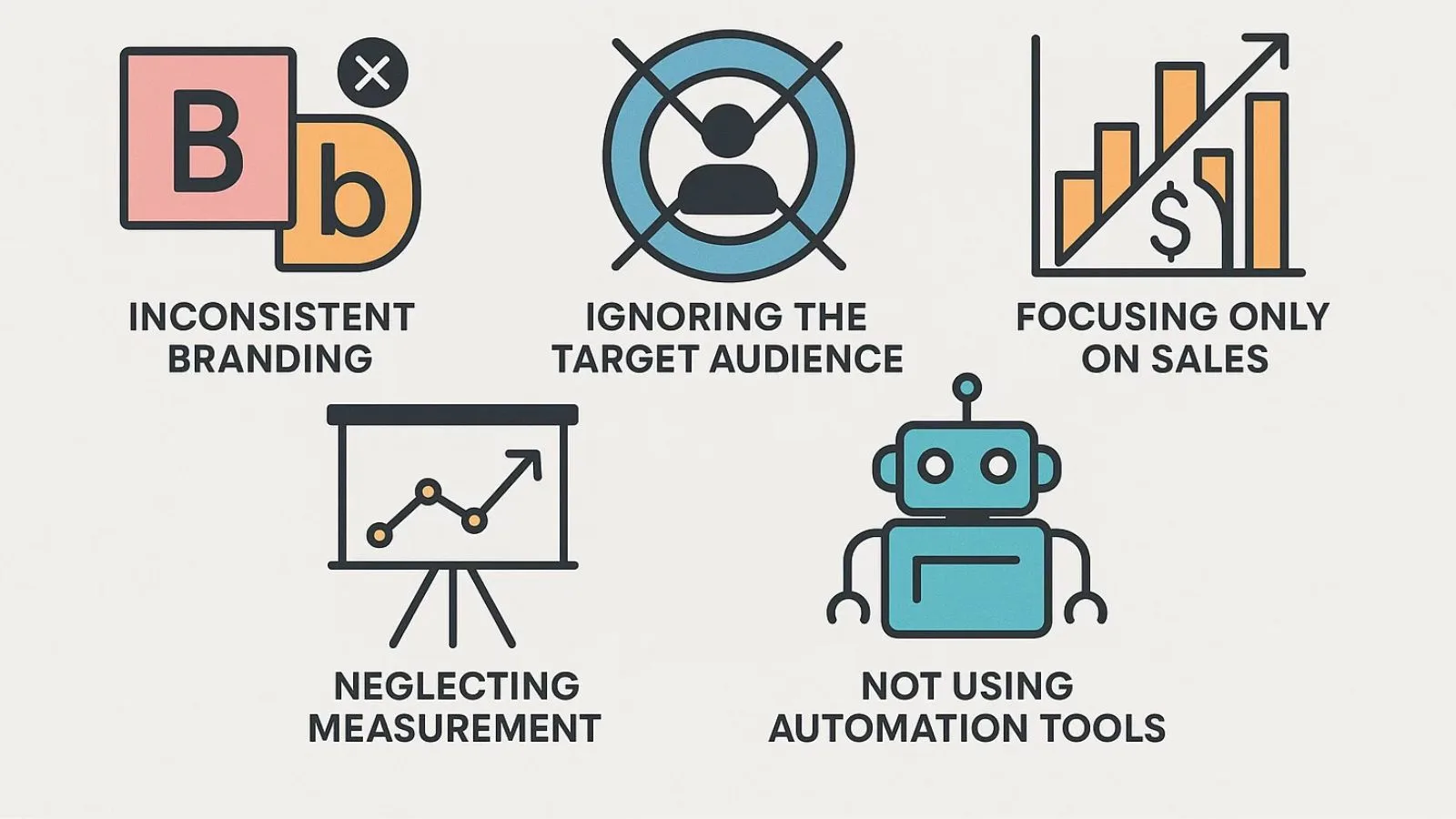
Even the best strategies can falter if common mistakes are made. Being aware of these pitfalls can save time, money, and resources.
1. Inconsistent Branding
Inconsistent logos, colors, or messaging confuse your audience and weaken recognition. Consistency across all platforms is crucial for building trust and long-term visibility.
2. Ignoring the Target Audience
Without understanding your audience, campaigns may fail to resonate. Tailoring content and messaging to your ideal customer ensures engagement and stronger results.
3. Overemphasis on Sales
Focusing solely on selling rather than building awareness can turn off potential customers. Brand awareness efforts should prioritize visibility, trust, and emotional connection first.
4. Neglecting Measurement
Failing to track results limits the ability to improve campaigns. Monitor brand awareness metrics like reach, engagement, and impressions to see what works and adjust strategies accordingly.
5. Not Leveraging Tools
Manual efforts can be time-consuming and error-prone. Tools like Socinator can automate social media posts, schedule campaigns, and track engagement, making your brand awareness efforts more efficient and effective.
By avoiding these mistakes, businesses can maximize the impact of their campaigns, build recognition, and ensure their brand stays top of mind with their audience.
How Socinator Can Boost Your Brand Awareness?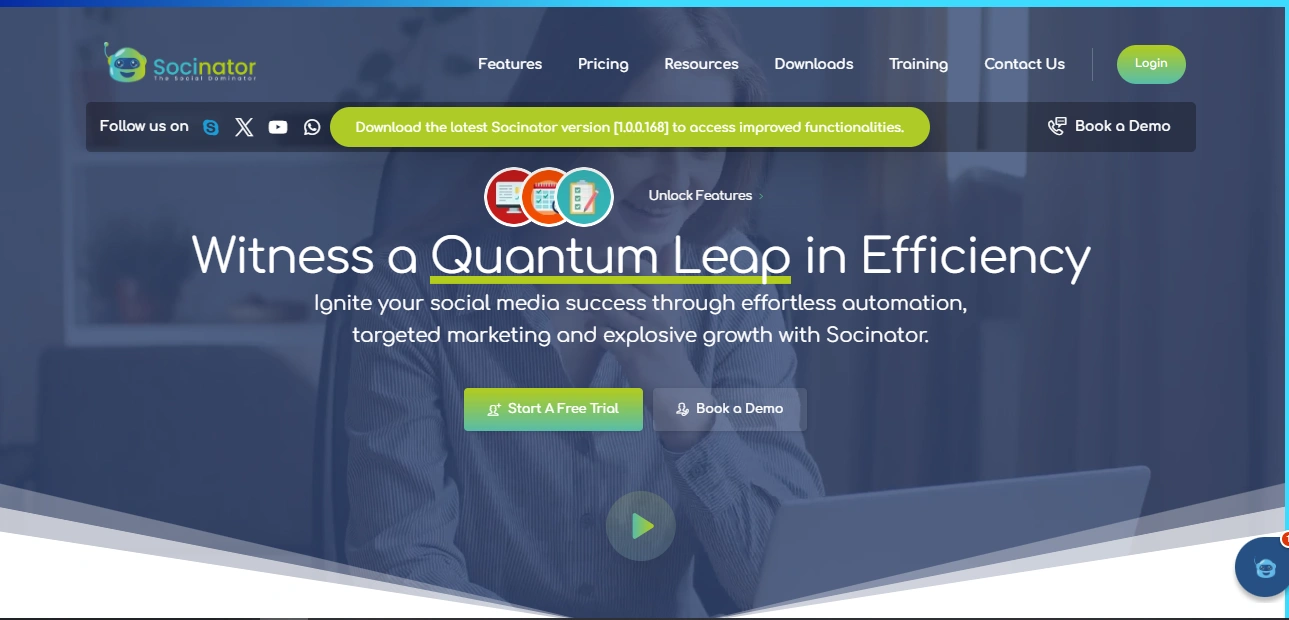
Running consistent and effective brand campaigns can be challenging, especially when managing multiple social media platforms. Socinator simplifies this process with an all-in-one social media automation and marketing solution.
Key Features of Socinator:
- Post Scheduling: Plan and schedule posts in advance across multiple platforms, ensuring consistent content delivery.
- Multi-Account Management: Manage multiple social media accounts from a single dashboard for efficiency.
- Automated Engagement: Automatically like, comment, follow, or share to increase audience interaction.
- Audience Targeting: Reach the right people with advanced targeting based on demographics, interests, or behavior.
- Engagement Tracking & Analytics: Monitor likes, shares, comments, and other interactions to understand what content performs best.
- Competitor Monitoring: Keep an eye on competitors’ social activity and refine your strategy accordingly.
- Multi-Platform Support: Automate campaigns across LinkedIn, Instagram, Facebook, Twitter, and more.
- Time-Saving Automation: Reduce manual effort, allowing you to focus on creating quality content and strategy.
By leveraging Socinator, businesses can enhance visibility, maintain brand consistency, and run data-driven campaigns efficiently. Whether for a startup or an established business, Socinator makes brand awareness efforts strategic, measurable, and scalable.
Also Read,
Final Thoughts
Building a strong brand takes more than just a logo or catchy tagline. It requires strategic efforts to make your business recognizable, trusted, and memorable. Effective brand awareness ensures that potential customers think of your business first when they need products or services in your industry.
Focusing on consistent messaging, engaging content, and a multi-channel approach helps create lasting visibility. Learning from successful brand awareness campaign examples can inspire and guide your strategy. Avoiding common mistakes—like inconsistent branding, ignoring your audience, or overemphasizing sales—ensures your efforts yield real results.
In today’s competitive digital landscape, leveraging tools like Socinator can simplify and enhance your campaigns. Automation, scheduling, engagement tracking, and analytics allow businesses to maintain a strong online presence without overwhelming manual effort.
Ultimately, increasing brand awareness is a long-term investment that pays off in customer trust, loyalty, and business growth. By combining smart strategies, consistent execution, and the right tools, any business can boost recognition and visibility effectively. Start today, and watch your brand make a lasting impression in the minds of your audience.
FAQs
1. What is brand awareness?
Brand awareness is the level of recognition and familiarity your audience has with your business. High awareness means customers can easily recall and identify your brand, which builds trust and loyalty.
2. How can I increase brand visibility online?
To increase brand visibility, use social media, content marketing, SEO, and partnerships. Engaging consistently with your target audience across multiple channels ensures your brand is noticed and remembered.
3. What are some successful brand awareness campaign examples?
Campaigns like Coca-Cola’s “Share a Coke,” Airbnb’s user stories, and HubSpot’s content marketing efforts demonstrate how creativity, storytelling, and audience engagement can boost recognition and trust.
4. How can tools like Socinator help with brand awareness?
Tools like Socinator automate social media posting, track engagement, and provide analytics. This helps businesses run consistent campaigns, reach the right audience, and increase visibility efficiently.

